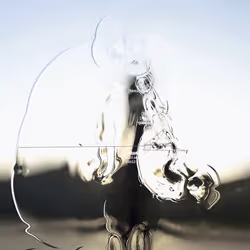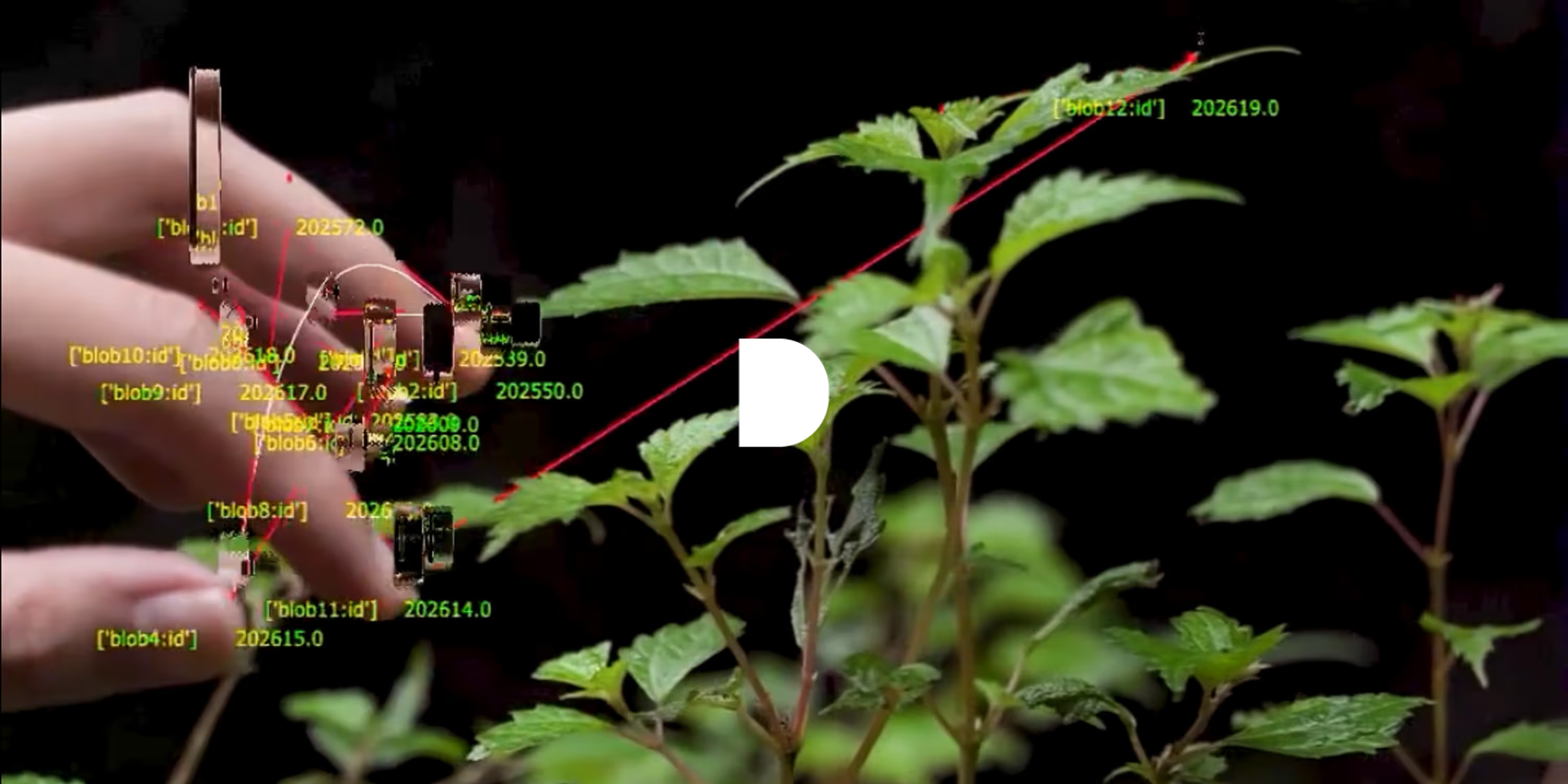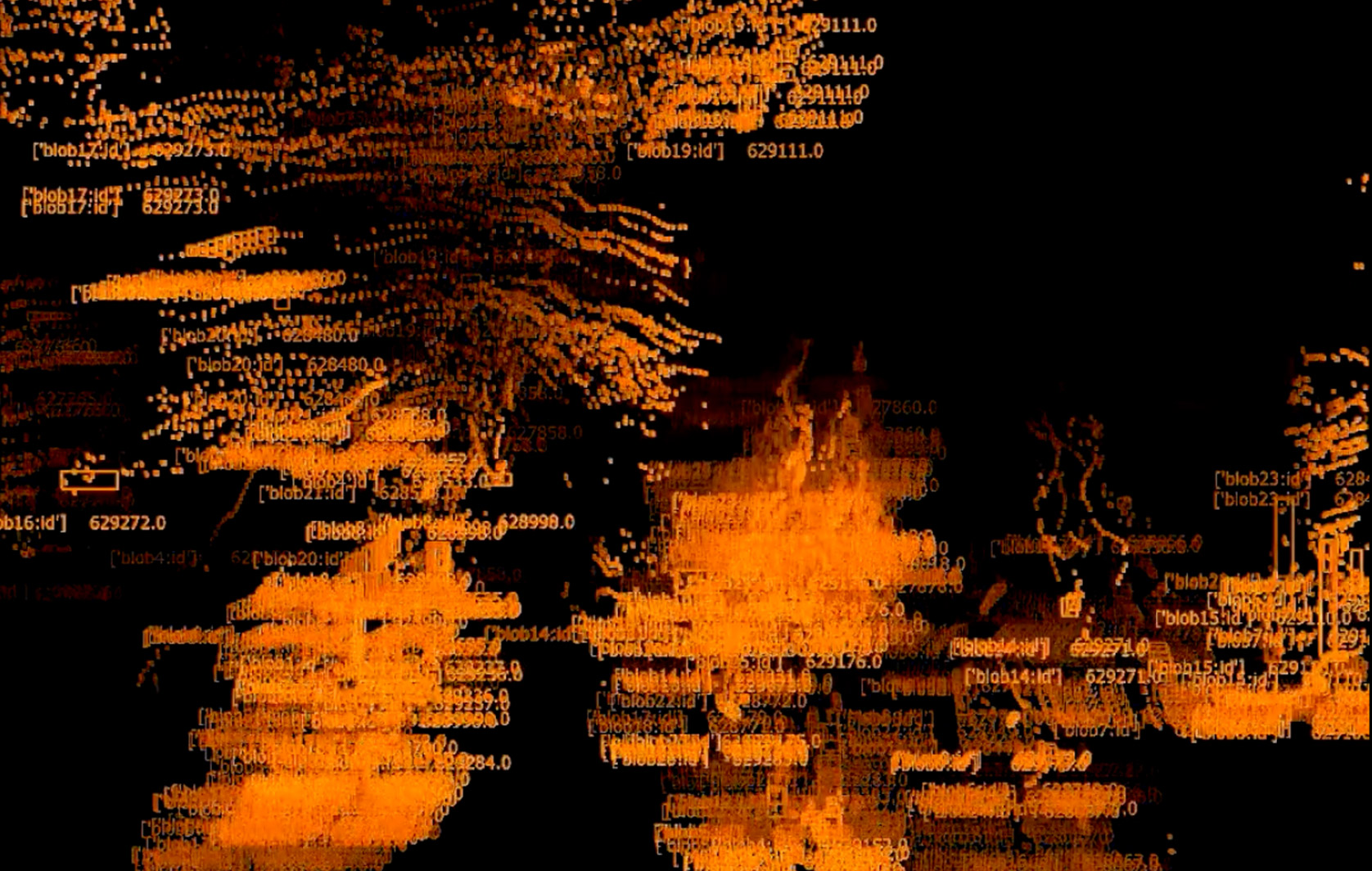
NOUSESKOU
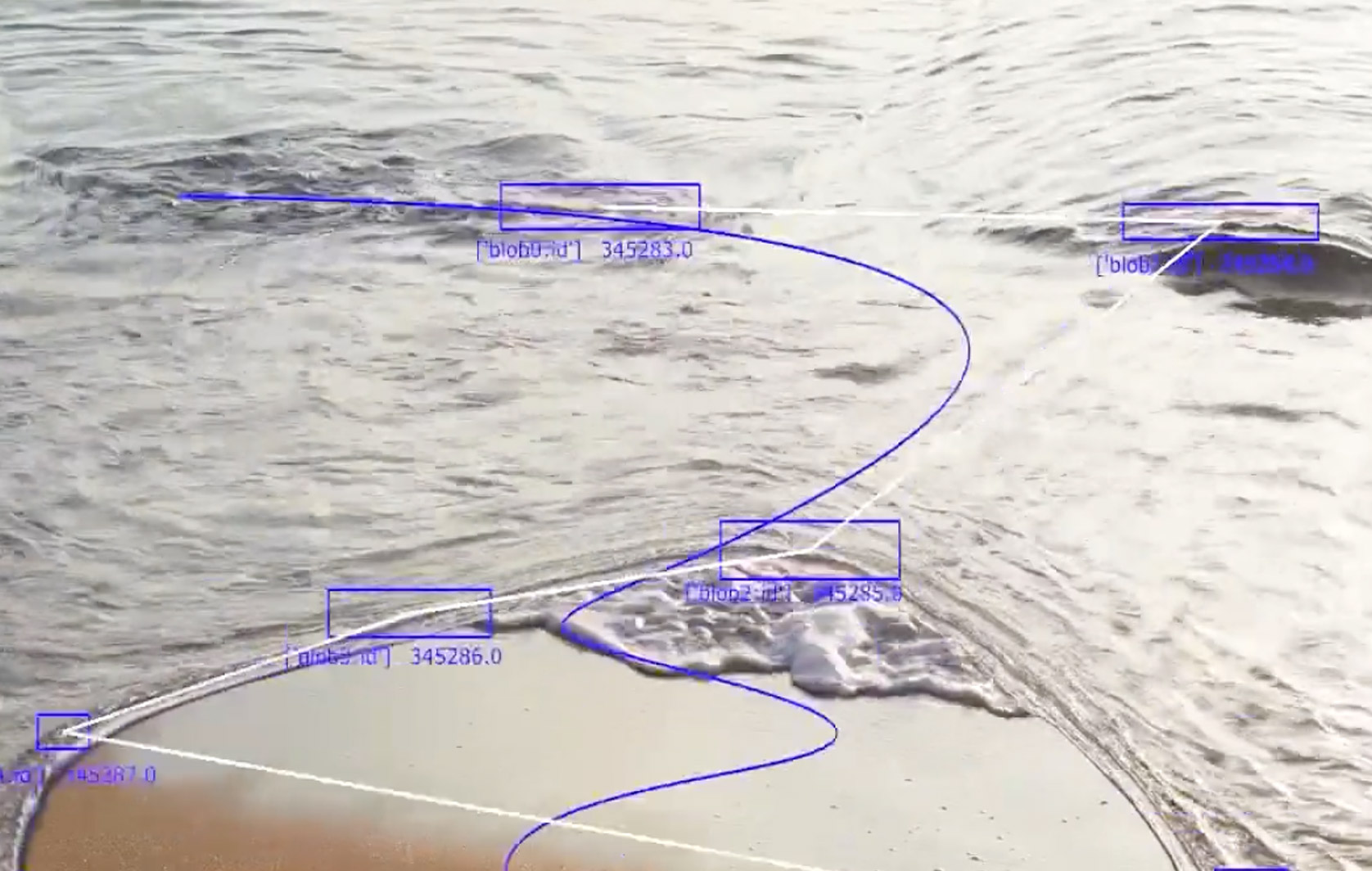
Q: Tell us about your background. How did you start being a dancer and all your other artistic practices? Did you study fine arts, music, design?
A: My name is Kou Yamamoto, known artistically as "nouseskou". I create works that explore the relationship between technology and the body using TouchDesigner, and I place a great emphasis on approaching this relationship from the perspective of the body. In the fields of street dance and contemporary dance, I am a finalist in the Japan Championships as part of a team named "nouses". My artistic inspirations stem from the profound elements of nature in Kyoto, Japan – my birthplace. The forests and the tranquility pervading its shrines deeply influence my creative process. I am involved in various aspects of artistic expression, including dance, music production, and video design. My works are especially influenced by the concepts of Musique concrète and the "Mono-ha" art movement from Japan's 1970s.
The catalyst for my artistic journey was akin to destiny, encountering a means to express myself. I believe everyone possesses the capacity for expression; it fundamentally boils down to whether one finds the right medium and environment or not. Reflecting on it, it seems I have been cultivating my ability to express from the outset, connecting with the universe and capturing insights about myself, others, and this world through diverse life events. My distinct path toward expression kicked off at 17, when witnessing breakdancing at a clubhouse profoundly impacted me, leading me to take up dancing.
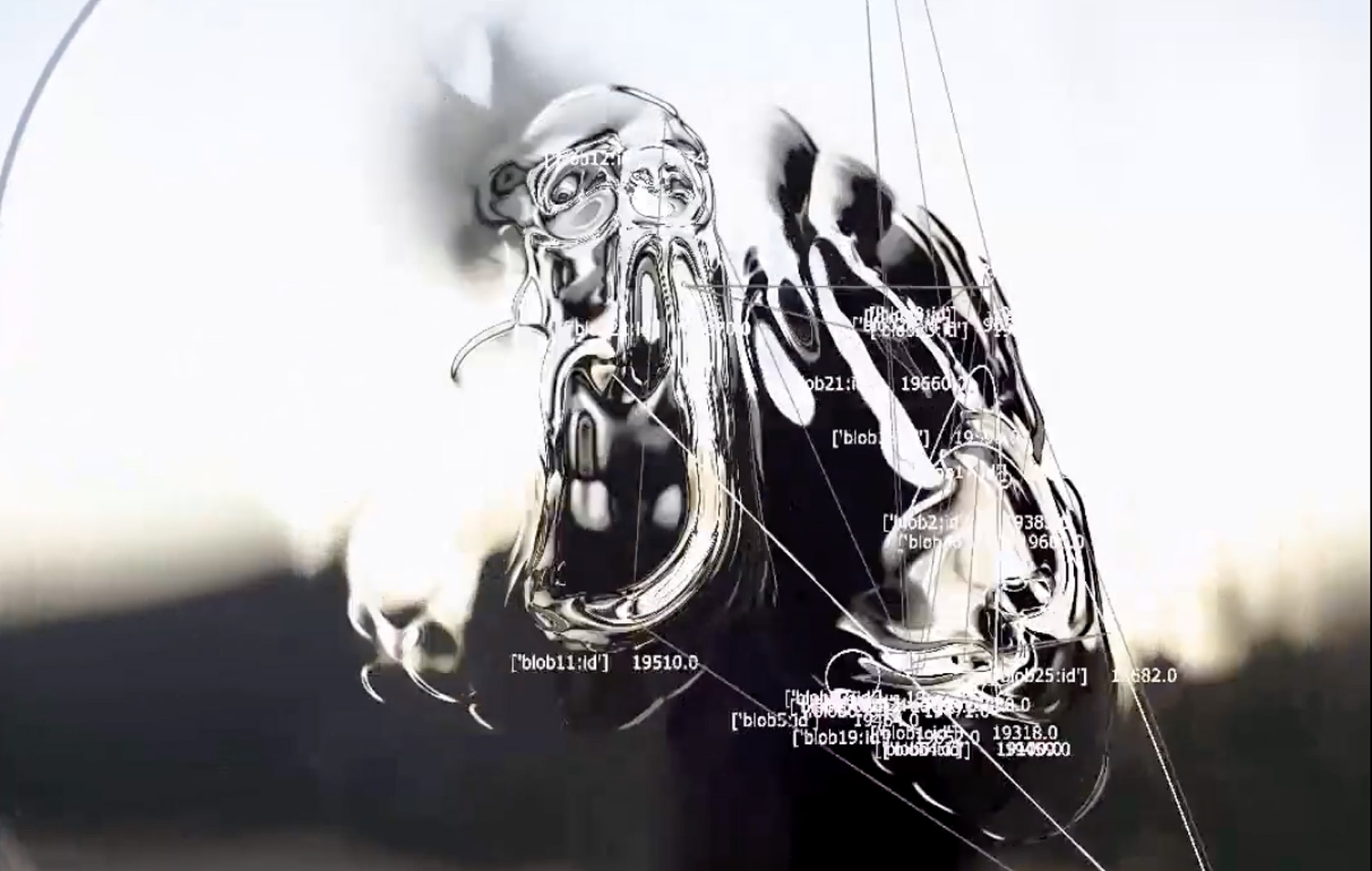
Q: In terms of self-education and formal training, what balance have you found most effective for acquiring new skills and integrating them into your art?
A: I believe the optimal balance differs for each individual and is determined by the balance of input and output at any given time. It's also influenced by a myriad of factors, from one's daily physical and emotional state to interpersonal relationships, the weather, and even the atmosphere or vibe of one's surroundings. Therefore, if you can tune into your inner voice in each moment, you can find the balance that is most effective for acquiring new skills and weaving them into your art.
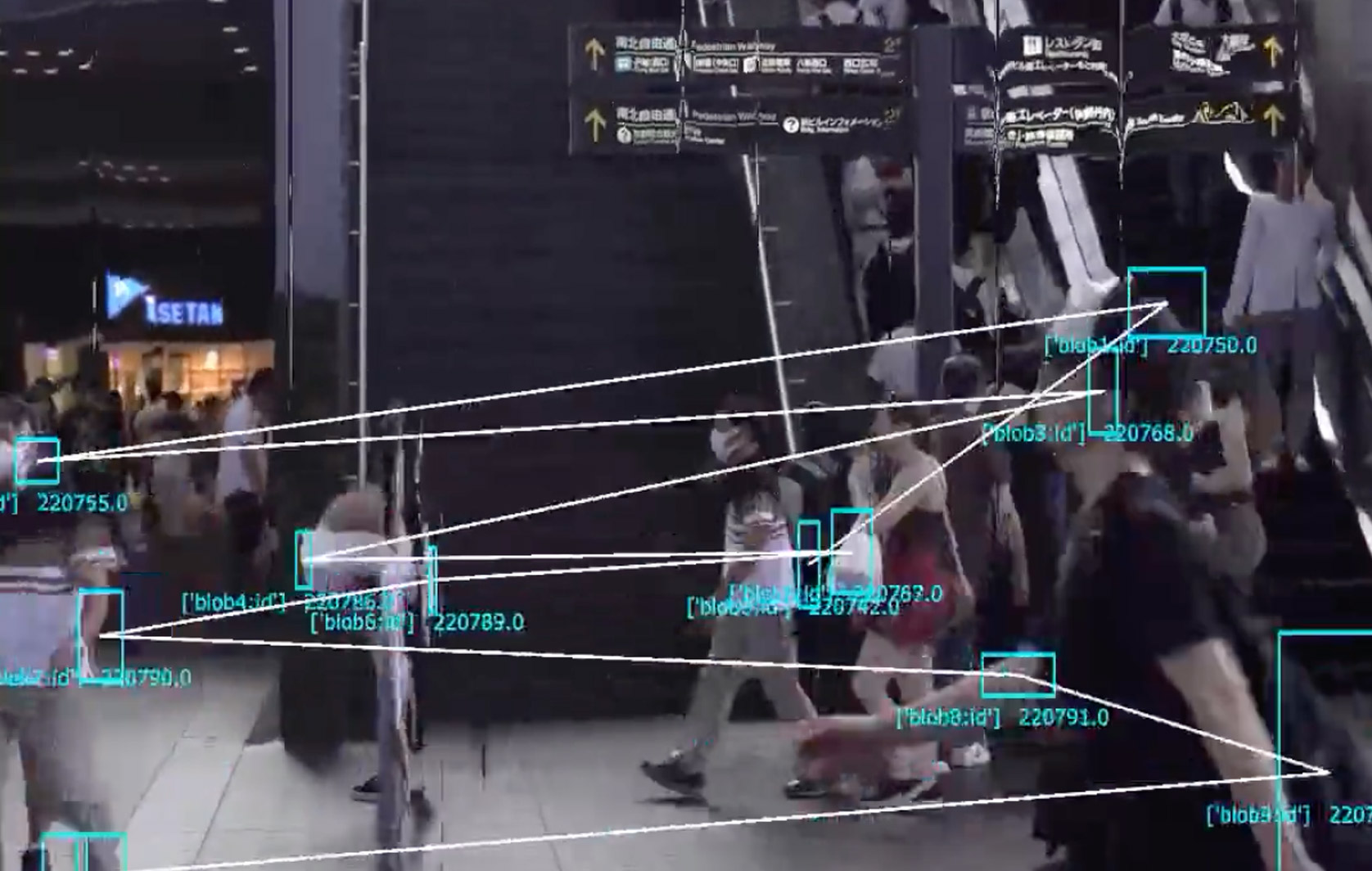
Q: Are there any mentors, artists, or collaborators who have played a significant role in your development as an artist working at the intersection of technology and the body?
A: Everything in my daily life plays a significant role. Of course, I am inspired by the wonderful works of others, but for me, for example, recently I was deeply moved by the interplay of orange sunlight piercing through a dark path in the mountains at dusk and the shadows of trees. Sometimes, I patiently wait for a very small insect found in my room to climb onto my hand so I can release it outside, taking care not to crush it. The effort to gently guide the insect without harm, and the feeling of being saved myself after helping it, though hard to put into words, are profound sources of inspiration.
Additionally, among the many influences, artists like Koo Des / NSDOS / OS_XY, with whom I have personal interactions, serve as examples of significant impact on me.
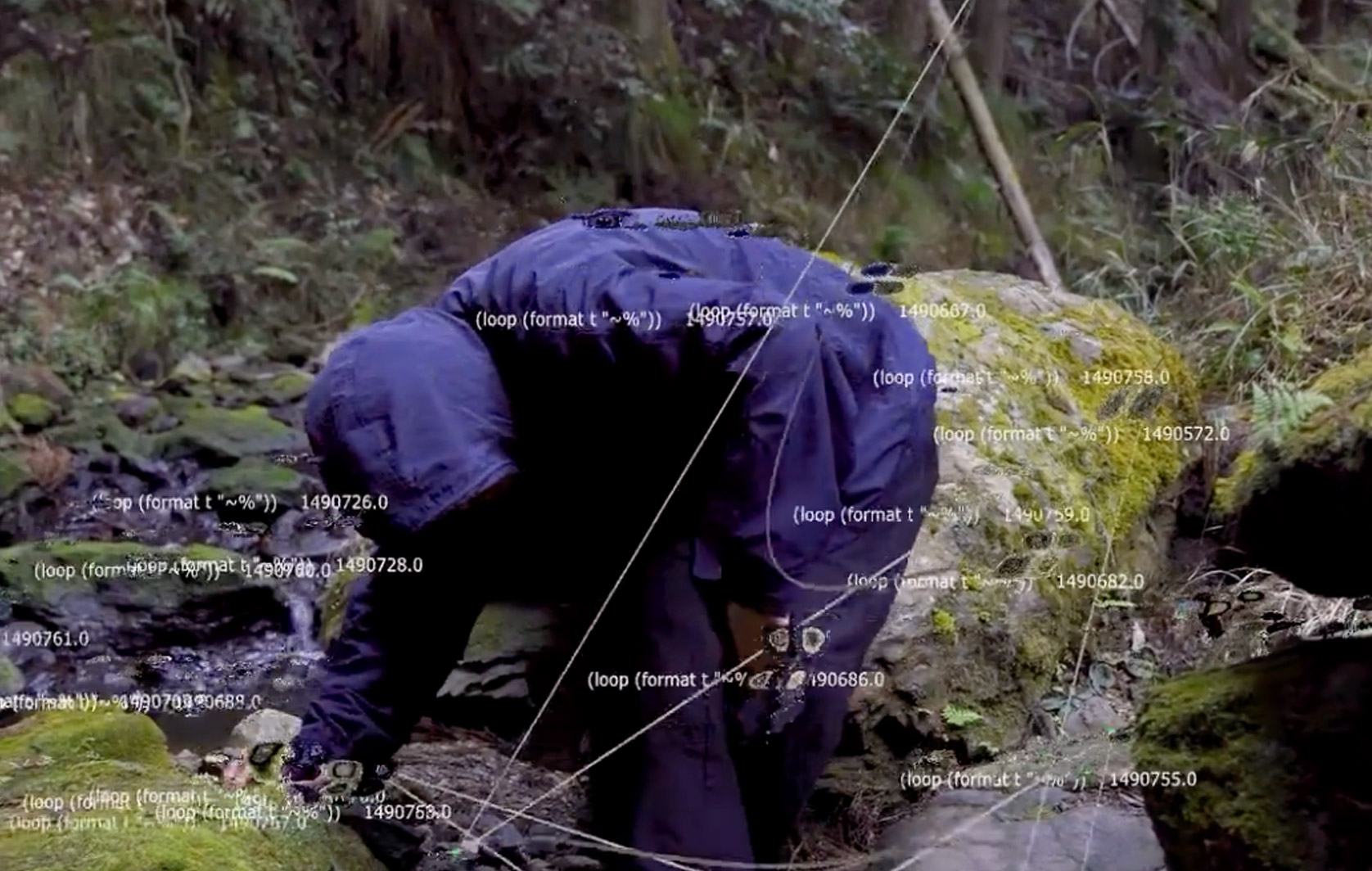
Q: What was the turning point or key moment that led you to explore and combine technology with dance in your artistic practice?
A: I believe it was because I encountered TouchDesigner. Once you have the means, the universe and your own heart will naturally guide you towards what you want to do. I am grateful for the fate that allowed me to meet the creators of TouchDesigner.
There are many factors to this. Being Japanese and having been exposed to the culture of anime (especially AKIRA and Ghost in the Shell), as well as the presence of artists who had already fused technology with the body, led me to try it out for myself. As a result, I was able to find my own direction. This goes beyond the logical aspects of myself, and in terms of pure motivation, I think it's an extension of trying various things like I used to play in the sandbox as a child. Further explanation would be like asking a child playing in a park, "Why do you play with that playground equipment? Why do you play in that sandbox?" It's part of the fundamental personality formation that all adults go through, so to me, it all seems like the fluctuations and the will of the universe. The only thing that remains is gratitude.
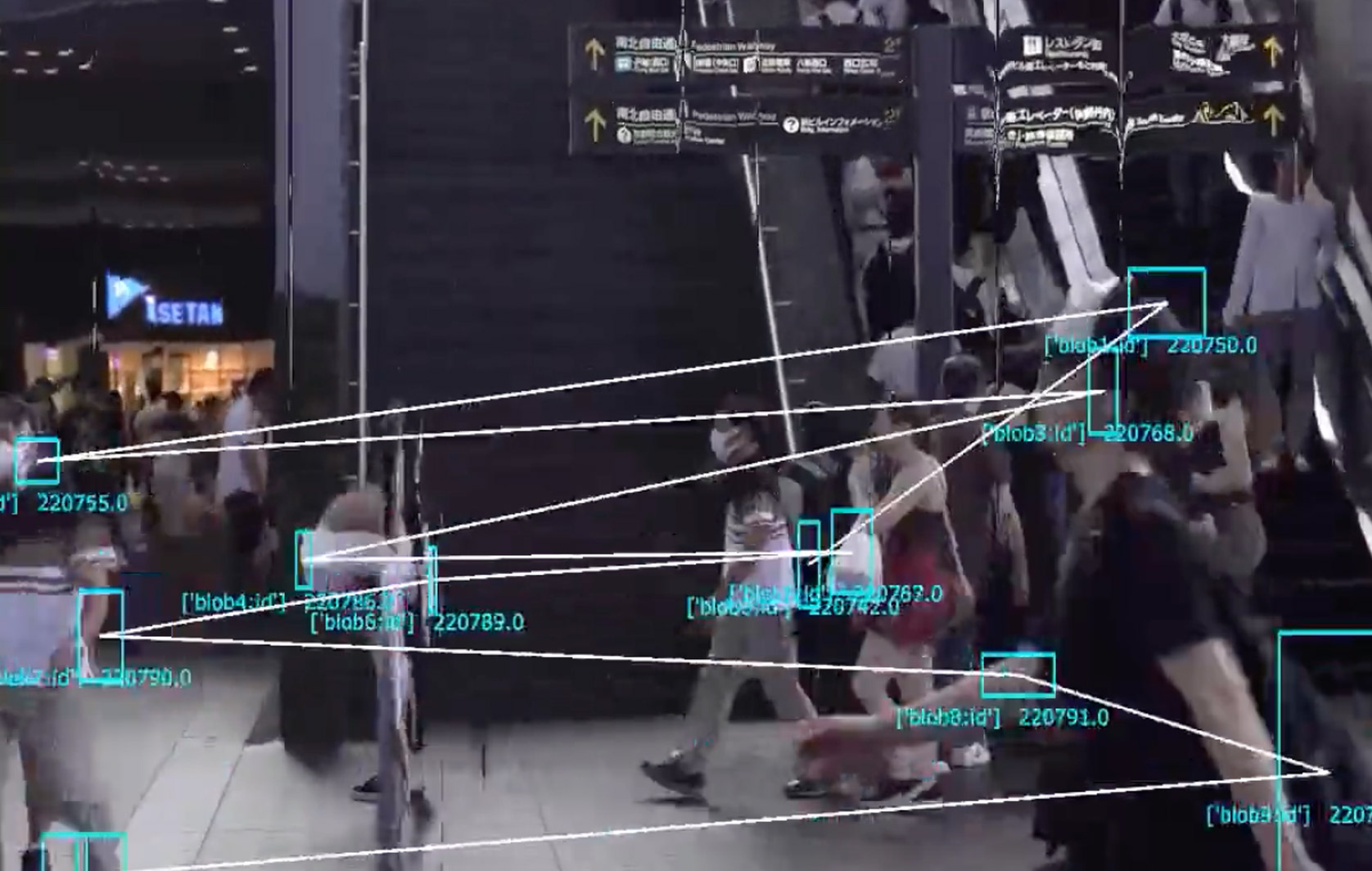
Q: Can you describe a moment or experience from your childhood in Kyoto that continues to influence your artistic creations today?
A: As I mentioned in response to question 3, for example, recently I was impressed by the sight of orange sunlight filtering through the darkness of a mountain path in the evening, intertwining with the shadows of trees. Sometimes, I also wait patiently for a very small insect found in my room to climb onto my hand so I can release it outside, being careful about how much pressure I use to avoid crushing it. The relief I feel after helping the insect, as if I am the one who has been saved, and the indescribable beauty of those moments, have a significant impact on me, even though it's hard to put into words.
Additionally, I've come to realize that expression is not a phenomenon that occurs in isolation. It's profoundly influenced by the presence of people around me. Recently, I've strongly felt how much impact they have on me, sometimes to the extent that it can prevent me from creating anything. Therefore, I believe that in order to produce something of value, it's not only about expression, ideas, or techniques, but also about how you interact with the influences around you leading up to that act of creation. This includes not just the presence of people, but also the manner in which a door is closed, or how shoes are placed—suggesting that even the most trivial details can have an influence.
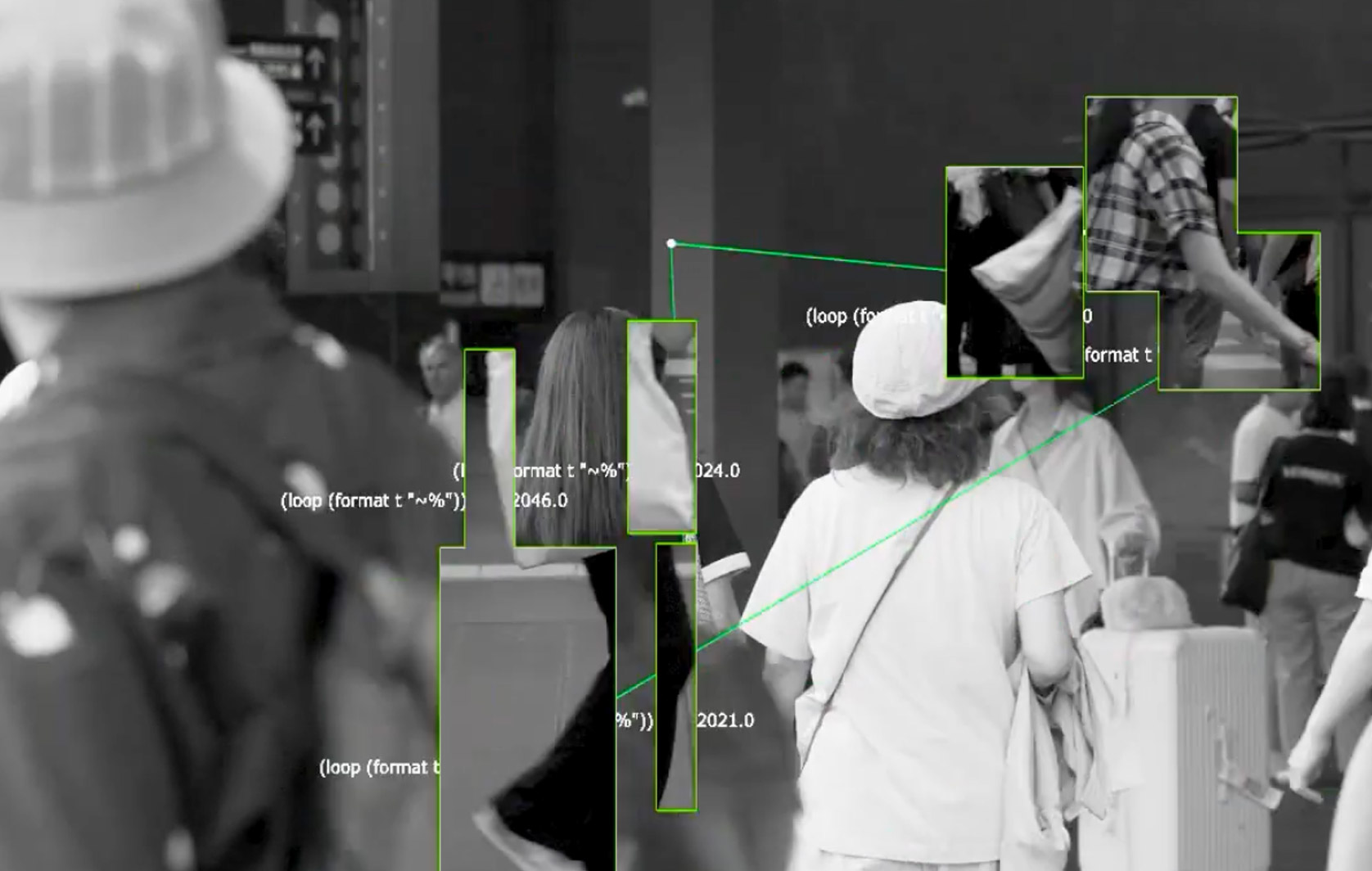
Q: How do you hope your audience feels or what do you want them to think about when they experience your work?
A: My hope for the audience is the acquisition of a new perspective as an art expression. It doesn't necessarily have to be comfortable; although, ideally, gaining a new perspective comfortably is preferable. I believe that the act of expression is about "knowing oneself, others, and understanding the world and the universe." To give you an example from my own life, before I encountered this form of expression, I caused trouble for many people, especially my mother.
I consider these days to be extremely important and essentially my everything, both now and in the future. Of course, I still learn and reflect daily, even now. Through these days, I also came to know others and learned various things about them. I realized how important others are. Now, I can even think about ways to make the world and the universe a better place.
To conclude, my hope for the audience is similar to how my life and view of the world have significantly changed since the moment I saw someone's dance, a stranger to me then, until now. There may not be a definitive right, but still, I deeply wish to become a tiny, yet significant, catalyst (a margin or trigger) for someone to nurture and sprout a perspective and heart that always seeks to question and understand what is good, with kindness and love.
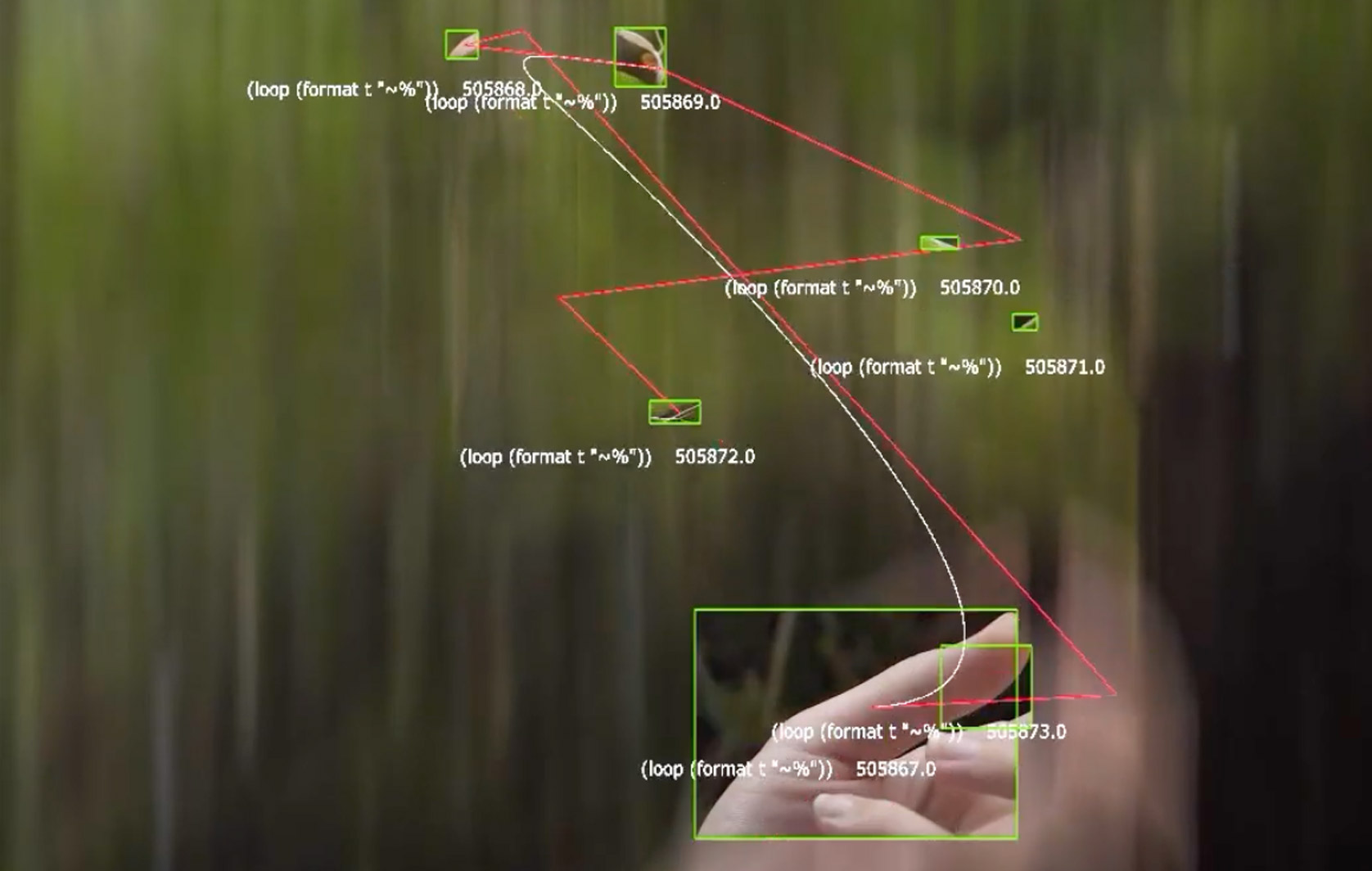
Q: The concept of the body's relationship with technology is central to your art. Can you elaborate on how your experiences in street and contemporary dance influence your approach to creating interactive installations or performances using TouchDesigner?
A: I believe this principle applies universally. Engaging the body offers a direct pathway to connect with one's heart and the universe. This journey of connection has been part of my life for 21 years. Consequently, with each passing moment, I find myself more closely aligned with what my heart feels, its desires, and its creative impulses. It's akin to channeling messages from the universe through my being or intuitively grasping the Earth's longing for change and the oscillations of the greater whole.
In this process, creating comes naturally to me, almost reaching a state akin to the subconscious. There's almost no need to consciously decide what I want to create; I simply let myself be guided by intuition, embracing the ease with which I sync with the universe's rhythm.
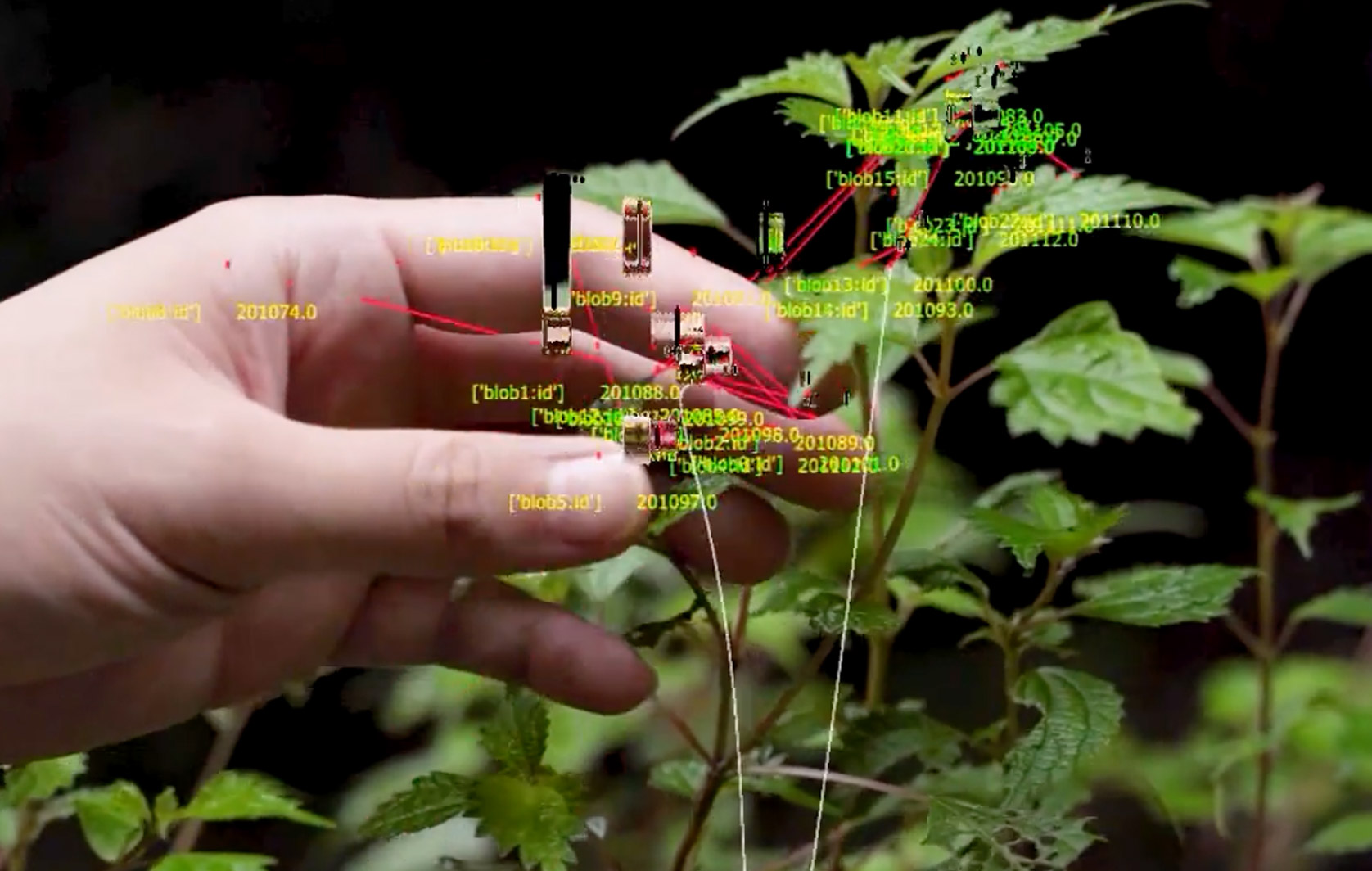
Q: You draw inspiration from Musique concrète and the Mono-ha movement, both of which challenge conventional perceptions of art and sound. Could you discuss how these avant-garde movements inspire your creative process and how you incorporate their philosophies into your exploration of the body-technology nexus?
A: I realized for the first time when receiving this question that both Musique concrète and the Mono-ha movement challenge traditional perceptions of art and sound. Therefore, intuitively, what I am drawn to are things that allow me to experience worlds I have never felt before, which seems to align with this notion. I have come to recognize anew the value of experiencing worlds never felt before. In terms of Musique concrète, I use it in the process of manipulating human voices from video data. For Mono-ha, I consider the sense of discomfort and beauty (eternity) in relationships, which I believe can be felt through creating relationships between the body and technology. However, moving forward, I also want to incorporate Japanese aesthetics of tranquility. Moreover, I aim to create works that incorporate these elements not just in videos but also in live performances to share with the world.
